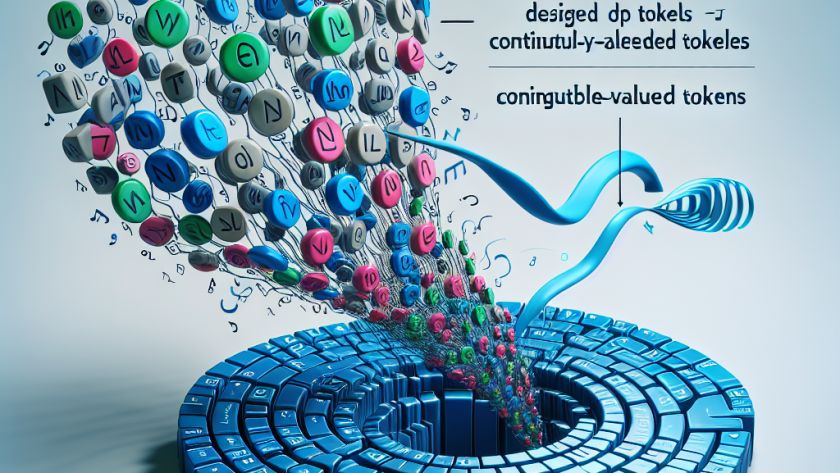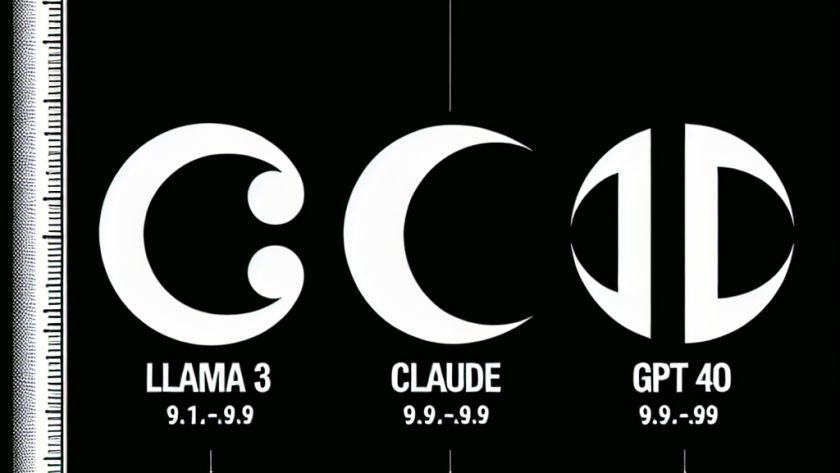Large language models (LLMs) are crucial in advancing artificial intelligence, particularly in refining the ability of AI models to follow detailed instructions. This complex process involves enhancing the datasets used in training LLMs, which ultimately leads to the creation of more sophisticated and versatile AI systems. However, the challenge lies in the dependency on high-quality…











